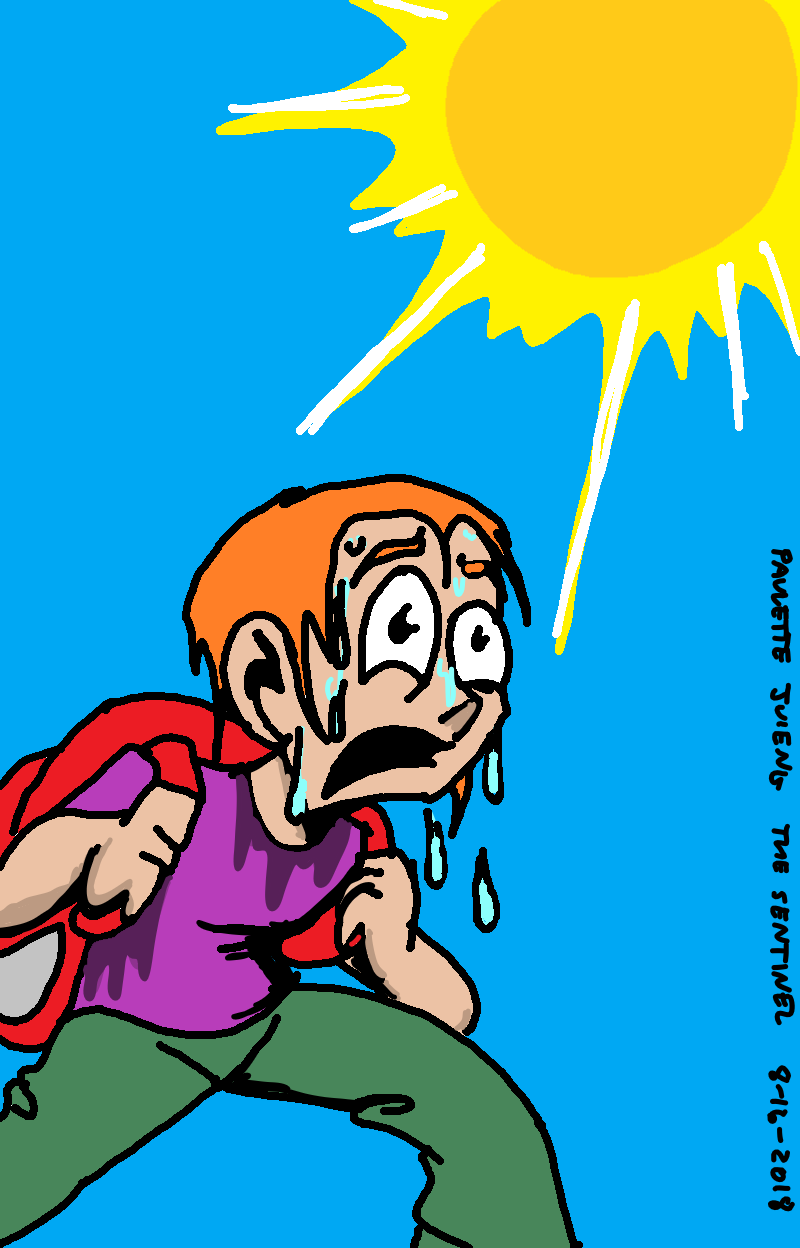Though the popular television series “Breaking Bad” has won seven primetime Emmy Awards since it first aired in 2008, it is unlikely that former first lady Nancy Reagan, who initiated the “Just Say No” campaign in the early 80s, is pleased to know that more than 3.5 million American viewers are sitting at home watching a show whose characters spend their day manufacturing the world’s highest quality crystal meth. Nevertheless, recent years has seen a heightened fascination with this type of television. But the question remains: How do television shows with strong drug-related content shape our ideas of drug use in modern America? Is real life reflecting art?
“Breaking Bad” follows protagonist Walter White (Bryan Cranston), a chemistry teacher who resides in New Mexico. When White is diagnosed with stage III lung cancer and given a prognosis of two years to live, he decides to enter a treacherous world of drugs and crime to provide his family financial security. The series then follows the revolution of his life as a family man to a kingpin of the drug trade.
In the case of “Breaking Bad,” it seems its popularity has not changed the negative stigma primarily associated with crystal meth. Though the show does not particularly highlight the use of the drug itself, its plot line is very heavily influenced by the creation and distribution of the drug.
“I see the show really being about the downfall of Walter White,” said junior Christo Stevens. “I rarely even think about the drug aspect or meth addiction. I think the creators of the show have focused on this guy and his journey to becoming evil. Meth is just the backdrop. There were a few scenes in the early seasons of people using the drug, and they were far from glamorous.”
With five seasons under its HAZMAT belt, the overall viewer reaction to the show has been positive, and no news reports of chemistry majors dropping out of college to create meth labs have surfaced just yet.
The Showtime series “Weeds” has a similar plot line but focuses on the “softer” – yet just as controversial – drug, marijuana. The central character is Nancy Botwin (Mary-Louise Parker), a widowed mother of two boys who begins selling marijuana to support her family after her husband dies. Over time, she and her family become more entwined in her drug-dealing career, which eventually rises to the highest levels of an international drug- smuggling cartel, all while Botwin attempts to sustain her upper middle-class lifestyle.
Some would argue that “Weeds” and other shows that make light of marijuana use are a huge factor in how people perceive the drug and the debate of its decriminalization. In light of the recent progression toward legalization in Colorado and Washington State, this argument would explain why the Drug Free America Foundation demanded that Showtime pull its hit show from the air. Although DFAF may fear viewers are too naive to not be influenced by television, nothing predominantly negative has come from the show’s eight successful seasons on air.
The series concluded this year with numerous awards to its name and as reruns move to basic cable, pot legalization is slowly making its way from theory to reality. Since “Weeds” began airing, other shows displaying a profound drug influence have turned up on Showtime television.
“It redefined the network and paved the way for a new generation of antiheroes on “Nurse Jackie,”“Dexter,” and “Californication,” said David Nevins, Showtime’s entertainment president.
“Breaking Bad,” “Weeds” and countless other television programs glorify drug and alcohol use and dramatize it likely for the sole purpose of entertainment rather than to change our perception. It’s not the drug use itself that draws us in, but the action and drama that comes with the associated lifestyle; a way of life that most people in middle-class America cannot directly relate to. The intrigue comes from getting a dramatized inside look into a world that we all know exists, but may never personally come in contact with. We are excited to learn the science behind it all: the cartels, the trade,
and the criminality.
“Television is becoming more like movies, many of which contain scenes of drug and alcohol use,” said Dr. James Sargent, associate professor of pediatrics at Dartmouth College in Hanover, N.H. “TV shows are becoming more edgy, and are increasingly depicting more smoking and drugs.”
It’s the drama of drugs that draws us in, entertains us and allows us to learn. This particular type of television is fascinating because it simply has never been aired so openly before. It is an exciting new taboo that eagerly pushes our boundaries. What also draws us in is that these shows are smart and creative. They keep us coming back for more because we are emotionally invested in their characters. We want to know what will happen to them next, and perhaps we like the idea that we don’t have control over their life choices the way we do our own.
In his book “Mass Communication Theory,” Denis McQuail explains that “people use the media as a diversion; to escape from routine and unpleasant problems.”
Watching these characters deal with their issues, whether it be dramatized scenes of drug use, sex, alcohol or violence, distracts us from our own daily stress and anxiety. Though many can relate to these characters’ middle-class backgrounds, they do not necessarily influence our everyday lives and we certainly don’t feel pressure from them.
Though the media are likely not attempting to influence our personal decisions to use drugs, they are most certainly tempting us to tune in to its TV programs. Luckily, adolescence and adults alike seem to be more addicted to television itself rather than the drug- submerged lifestyle these programs promote.



Agree completely!! Wonderfully written!
This was great. Loved it!